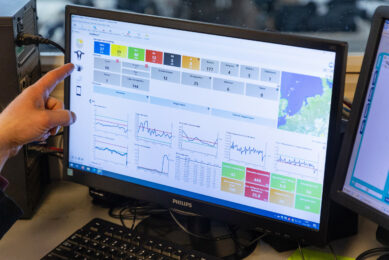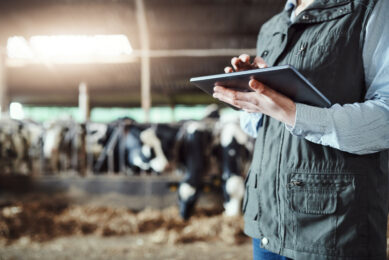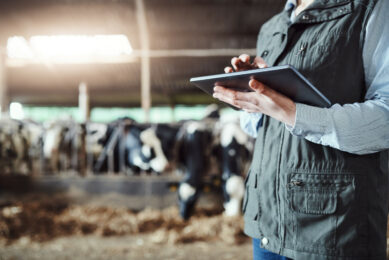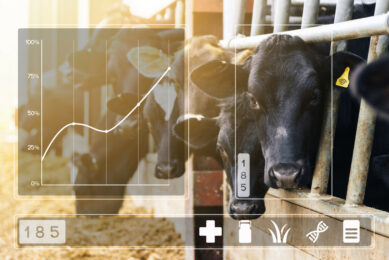Impact of artificial intelligence in agriculture
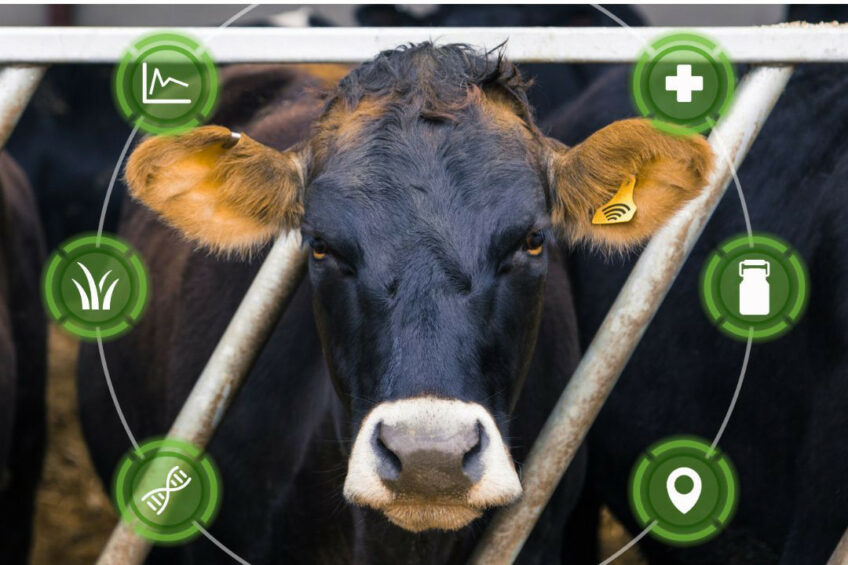
Al technologies are being integrated into various aspects of farming, from crop management to livestock care, bringing numerous benefits to the agricultural sector. One of the primary ways Al is impacting agriculture is through precision farming.
Al-powered systems analyse data from various sources, such as satellites, drones, and sensors, to monitor crop health, soil conditions, and weather patterns. This information enables farmers to make informed decisions about planting, irrigation, fertilisation, and pest control, optimising resource use and maximising yields. For instance, Al algorithms can predict the best times for planting and harvesting based on weather forecasts and soil data, reducing the risk of crop failure and improving overall productivity.
Helping farmers towards sustainability
Al is playing a crucial role in improving agriculture’s supply chain management. Al algorithms can predict demand and market trends, helping farmers plan their production and distribution strategies more effectively. This reduces waste, improves profitability, and ensures that fresh produce reaches consumers more efficiently.
The adoption of Al in agriculture also promotes sustainability. Al-driven precision farming techniques minimise the use of water, fertilisers, and pesticides, reducing their environmental impact and conserving natural resources. Additionally, Al can help farmers implement sustainable practices, such as crop rotation and soil conservation, contributing to long-term agricultural sustainability.
Al and 10T are increasingly being adopted in feed robotics applications, such as identifying and tracking animals, analysing animal weight, determining the quantity of feed, and monitoring animal health. Al can play a vital role in increasing productivity and reducing health incidents on farms.
Feed robotics – new revenue
The introduction of feed robotics compatible with Al, sensors, and 10T-based devices is expected to bring new revenue sources for manufacturers of feed robotics. Dairymaster (Ireland), IT Tralee (Ireland), and Lero (Ireland) announced a €2.3-million R&D partnership to develop intelligent autonomous systems and 10T technology on farms. The program is backed by Science Foundation Ireland. As part of the R&D program, Lero and Dairymaster will develop autonomous systems to ease the workload on dairy farms. Such technological developments are expected to create new revenue streams for companies in this market.
The adaptation of generative Al is facilitated by advancements in data collection technologies, industry collaborations, and regulatory support. The result is improved nutritional outcomes, reduced disease incidence, and lower stress levels for livestock. Additionally, Al-driven systems contribute to sustainable farming practices by optimising resource use and minimising feed waste.
Overall, the integration of generative Al in the animal nutrition industry leads to healthier, more productive livestock and supports the broader goals of sustainability and efficiency in agriculture. Generative artificial intelligence (Gen Al) is a type of algorithm that enables computers to create content such as text, images, pieces of videos, or music without interacting with humans. Unlike traditional Al systems that rely on existing databases, Gen Al creates new databases by understanding the pattern from the existing information. The adoption of Gen Al technology has been highlighted across multiple industries.
The feed robotics market, encompassing feeding systems, feed pushers, feed mixers, and other types, is undergoing significant transformations due to advancements in Gen Al. As generative Al continues to evolve, its integration into feed robotics promises to enhance efficiency, precision, and sustainability in the agricultural and aquaculture sectors.
In terms of the potential impact of generative Al on the feed robotics market, Al algorithms can analyse vast datasets to determine the optimal combination of ingredients that meet the nutritional needs of different livestock species. This ensures that animals receive a balanced diet tailored to their specific growth stages, health conditions, and productivity levels.
Precision feeding systems, driven by Al, ensure that each animal receives the exact amount of feed required, reducing waste and promoting consistent nutrient intake. Al also enhances health monitoring by detecting early signs of illness and stress, allowing for timely interventions and customised health plans.
Animal farming
Animal farming is increasingly becoming data-centric, with animal welfare being a top priority. By 2050, the global population is projected to reach 9 billion, necessitating a robust food supply to meet this demand. Just as wearable technology and artificial intelligence have become commonplace in the lives of pet owners, these advancements are now benefiting farm animals as well. Animal husbandry, which involves raising animals for meat, fibre, milk, eggs, and other products, is becoming more efficient through the use of Al. This technology is simplifying daily care and livestock management for farmers.
Dairy farming
Dairy farming is a critical part of the food supply chain, with farmers under pressure to expand their herds while minimising their carbon footprint. The challenge is compounded by rising costs and inflation. Al technology offers relief through wearable devices for cows that utilise sensors and algorithms to identify individual cows based on their behaviour patterns or detect those ready for breeding.
For example, Moocall has identified over 68,555 heat sessions in cows, leading to the birth of more than 1 million calves. mooON enhances herd performance by providing recommendations to improve milk quality and quantity and farm management while also helping to reduce insurance premiums by tracking cows’ behaviours.
Future trends and innovations
- Advanced sensor technology: An advanced sensor enhances the precision of feed management systems by providing detailed insights into individual animal needs. This technology supports more accurate and efficient feeding strategies.
- Autonomous feeding robots: Autonomous feeding robots reduce labour costs, improve feeding precision, and enhance overall farm efficiency by continuously monitoring and adjusting feed delivery without human intervention.
- Blockchain for food traceability: Blockchain technology enhances traceability, ensuring that feed ingredients are sourced sustainably and meet quality standards. This transparency helps build consumer trust and supports regulatory compliance.



